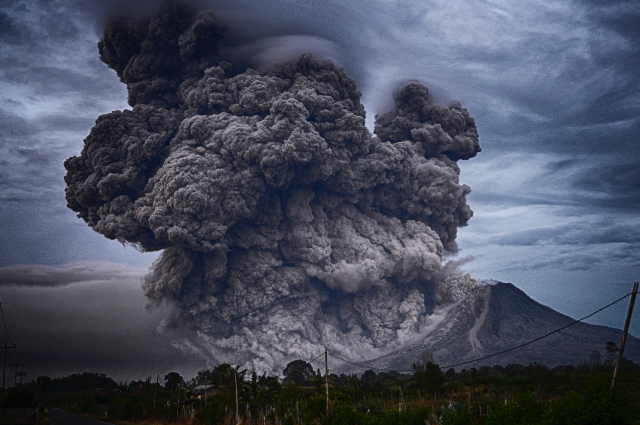
Photo by Yosh Ginsu on Unsplash
"Every adversity carries with it the seed of an equal or greater opportunity." - Napoleon Hill
From earthquakes and floods to pandemics and industrial accidents, the impact of these events underscores the critical need for efficient disaster response strategies worldwide.
Preparedness as a Lifesaver
Preparation forms the cornerstone of effective disaster response. Countries, communities, and organizations invest in disaster preparedness measures encompassing emergency plans, early warning systems, and public awareness campaigns.
These measures aim to minimize the loss of life, property damage, and societal disruption when disasters occur.
Swift Action Saves Lives
In the immediate aftermath of a disaster, rapid response becomes paramount. Emergency services, including firefighters, medical teams, and rescue workers, play pivotal roles in providing immediate aid, rescuing survivors, and ensuring medical care for the injured. NGOs, volunteers, and humanitarian agencies often collaborate to swiftly deliver supplies, shelter, and essential resources to affected areas.
Recovery and Rebuilding
While initial response efforts address urgent needs, long-term recovery and rebuilding processes are equally vital.
These phases involve restoring infrastructure, re-establishing communities, and providing support to those affected emotionally, financially, and physically. Government aid, international assistance, and community resilience play crucial roles in restoring normalcy.
Challenges in Disaster Response
Despite advancements in disaster management, challenges persist. Communication gaps, resource constraints, and logistical hurdles often hinder response efforts, especially in remote or underprivileged areas. Additionally, climate change intensifies the frequency and severity of disasters, further straining response capabilities.
Learning from Experience
Each disaster offers valuable lessons. Case studies and post-event evaluations help refine response strategies, highlighting successes and identifying areas needing improvement.
Adaptability and continuous learning are key to enhancing preparedness and response in the face of evolving challenges.
Global Collaboration for Resilience
Disasters transcend borders, emphasizing the need for international collaboration.
Initiatives like mutual aid agreements, joint training exercises, and information sharing among nations foster a collective approach to disaster response. Collaborative efforts enhance readiness and enable quicker, more effective responses in times of crisis.
Empowering Communities
Empowering communities to become resilient is crucial. Community-based disaster preparedness initiatives, education on response protocols, and fostering local leadership build the capacity to withstand and recover from disasters.
Looking Ahead
As the world grapples with various threats, from natural calamities to emerging risks, the importance of disaster response remains pivotal. Innovations in technology, early warning systems, and risk reduction strategies offer hope for more proactive and effective disaster response in the future.
In conclusion, effective disaster response is a multifaceted endeavor that requires proactive preparedness, swift action, collaborative efforts, and continuous learning.
By prioritizing resilience, investing in preparedness, and fostering global cooperation, societies can better mitigate the impacts of disasters and pave the way for a more resilient future.
